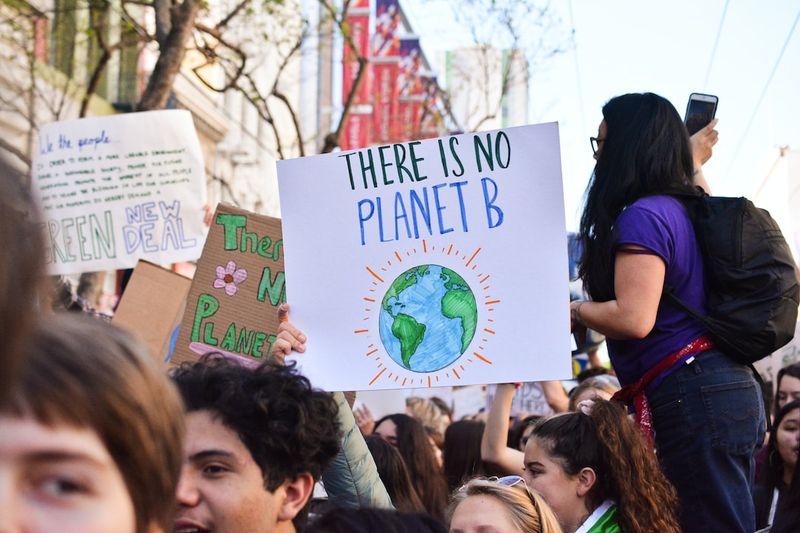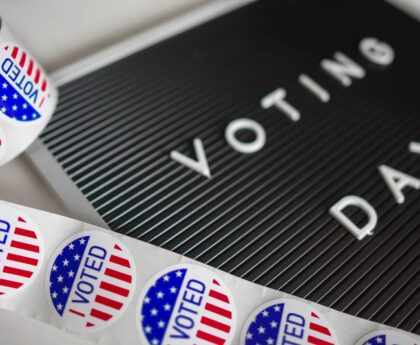Supreme Court Strikes Down Use of Affirmative Action, Impacts Medical School Diversity Efforts
Background
The U.S. Supreme Court recently made a landmark decision, overturning decades of precedent, by striking down the use of affirmative action in college and professional school admissions. The ruling states that considering race as a factor in admissions decisions violates the equal protection clause of the 14th Amendment. This decision not only has far-reaching implications for higher education, but it also poses a significant blow to efforts to increase diversity in medical schools.
Impact on Medical Schools
Medical schools have been using race as one factor among many to boost the representation of underrepresented groups and address the barriers these students face in entering the medical profession. The decision to eliminate affirmative action in admissions will make it even more challenging to diversify the physician workforce and address health disparities.
Research has consistently shown that having a diverse physician workforce leads to improved patient care. By having doctors who come from marginalized backgrounds and understand the challenges faced by minority communities, healthcare providers can better serve the diverse needs of their patients. Furthermore, efforts to eliminate affirmative action undermine the progress made in creating a more diverse physician workforce and will likely reverse gains made in the battle against health disparities.
Dissenting Opinions
Some justices expressed their dissent, arguing that the decision turns its back on 45 years of progress in promoting racial equality in education. They argue that depriving underrepresented groups of the opportunity to pursue medical education not only perpetuates racial inequality but also undermines the promise of equal protection under the law.
The Importance of Affirmative Action in Medicine
Advocates of affirmative action argue that race-conscious admissions policies are necessary to address the massive racial and health disparities in the country. The statistics show that underrepresented groups, such as Black, Hispanic, and Indigenous communities, are significantly underrepresented in the physician workforce.
According to Siobhan Wescott, the Susan and Susette La Flesche Professor of American Indian Health at the University of Nebraska Medical Center, “If Native physicians are less than one percentage point of the physician workforce with affirmative action in place, imagine how much more marginalized we might become without affirmative action.”
Debunking Misconceptions
One misconception often cited is that Asian Americans must outperform others to gain admission into college. However, scholars argue that this claim has been debunked. They highlight that relying on standardized tests like the SAT, which heavily favors those with high incomes and highly educated parents, as a measure of merit is flawed. Additionally, pitting Asian American students against others diverts attention from the larger problem of an admissions process that perpetuates advantages for the already privileged.
Alternative Strategies
In the wake of the Supreme Court’s decision, medical schools will need to explore alternative strategies to continue diversifying their student body. Class-based admissions or a focus on students from disadvantaged neighborhoods could be viable options. UC Davis serves as an example, having successfully graduated diverse classes of new doctors despite California’s long-standing affirmative action ban. However, achieving such results requires reimagining admissions processes and providing support for students from diverse backgrounds.
Editorial and Advice
The Supreme Court’s decision to strike down the use of affirmative action in college admissions is a significant setback for efforts to achieve diversity and equity in higher education, particularly in the field of medicine. While opponents of affirmative action argue that it is unfair and unnecessary, the reality is that without proactive measures to address historical disparities, marginalized communities will continue to be underrepresented in crucial professions like healthcare.
The benefits of a diverse physician workforce have been well-documented, with studies consistently showing that patients receive better care when treated by doctors who understand their cultural backgrounds and experiences. By eliminating affirmative action, the Supreme Court jeopardizes progress made in reducing health disparities and undermines efforts to provide equitable healthcare to all communities.
Medical schools must now adapt their admissions processes to continue promoting diversity. Alternative strategies, such as class-based admission or a focus on students from disadvantaged neighborhoods, can help mitigate the impact of the decision. However, it is essential to ensure that these strategies do not perpetuate other forms of inequality or disadvantage.
Furthermore, legislative action is needed to address the broader issue of systemic racism and inequality in education and society. The Supreme Court’s decision highlights the urgency of combating racial disparities and promoting equal opportunities for all. It is vital for policymakers, institutions, and communities to come together to find innovative solutions that uplift marginalized groups and create a more equitable society.
In conclusion, the Supreme Court’s ruling on affirmative action in admissions is a blow to efforts to diversify medical schools and address health disparities. It is imperative that medical schools, policymakers, and society at large continue to prioritize diversity and equity in healthcare to ensure that all communities receive the high-quality care they deserve.

<< photo by niu niu >>
The image is for illustrative purposes only and does not depict the actual situation.
You might want to read !
- Supreme Court strikes down use of affirmative action, a blow to diversity and equal opportunity
- “Redefining Diversity in Higher Education: The Supreme Court’s Landmark Decision on Affirmative Action”
- Supreme Court Upholds Restriction on Racial Discrimination: What Could This Mean for Affirmative Action?
- The Role of the Supreme Court in Defining Federalism in the United States
- “Supreme Court strikes down Alabama’s voting map that favored white voters”
- Eid Mubarak: Celebrating the Triumphs of the Erie Muslim Community




